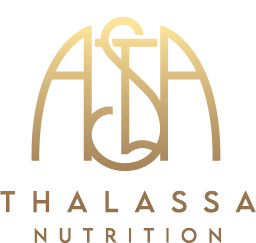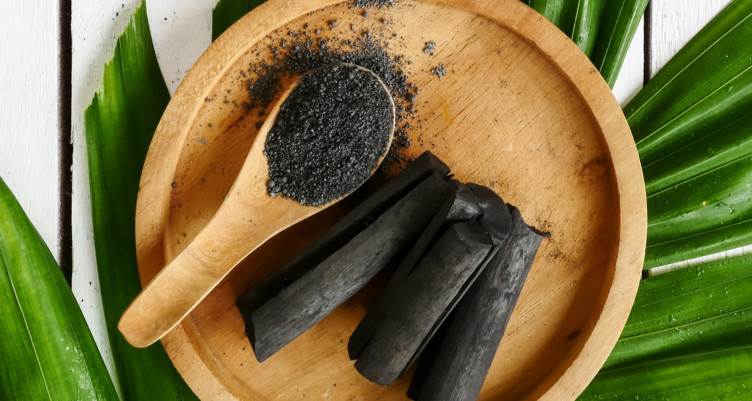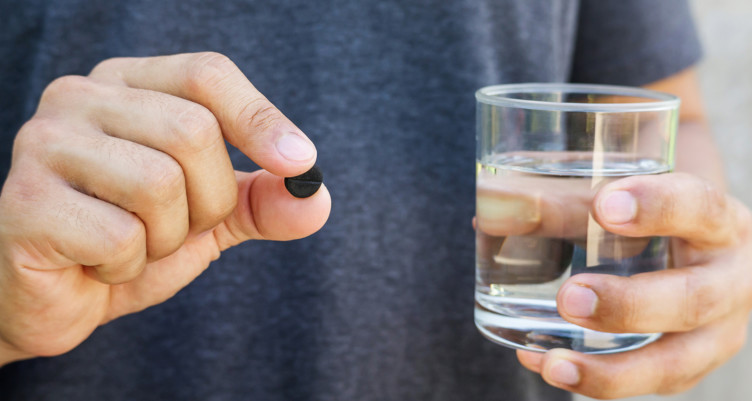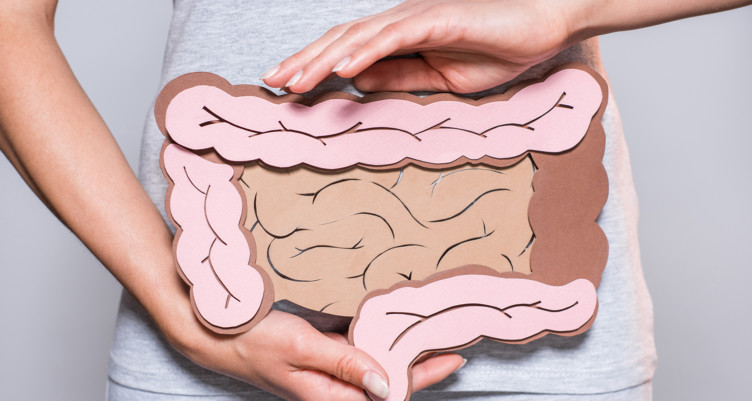The alkaline diet is based on the idea that replacing acid-forming foods with alkaline foods can improve your health.
Proponents of this diet even claim that it can help fight serious diseases like cancer.
This article examines the science behind the alkaline diet.
The alkaline diet is also known as the acid-alkaline diet or alkaline ash diet.
Its premise is that your diet can alter the pH value — the measurement of acidity or alkalinity — of your body.
Your
metabolism — the conversion of food into energy — is sometimes compared
to fire. Both involve a chemical reaction that breaks down a solid
mass.
However, the chemical reactions in your body happen in a slow and controlled manner.
When things burn, an ash residue is left behind. Similarly, the foods you eat leave an “ash” residue known as metabolic waste.
This
metabolic waste can be alkaline, neutral, or acidic. Proponents of this
diet claim that metabolic waste can directly affect your body’s
acidity.
In other words, if you eat foods that leave acidic ash,
it makes your blood more acidic. If you eat foods that leave alkaline
ash, it makes your blood more alkaline.
According to the acid-ash
hypothesis, acidic ash is thought to make you vulnerable to illness and
disease, whereas alkaline ash is considered protective.
By choosing more alkaline foods, you should be able to “alkalize” your body and improve your health.
Food components that leave an acidic ash include protein, phosphate, and sulfur, while alkaline components include calcium, magnesium, and potassium (1Trusted Source, 2Trusted Source).
Certain food groups are considered acidic, alkaline, or neutral:
- Acidic: meat, poultry, fish, dairy, eggs, grains, alcohol
- Neutral: natural fats, starches, and sugars
- Alkaline: fruits, nuts, legumes, and vegetables
Summary According
to proponents of the alkaline diet, the metabolic waste — or ash — left
from the burning of foods can directly affect the acidity or alkalinity
of your body.
When discussing the alkaline diet, it’s important to understand pH.
Put simply, pH is a measurement of how acidic or alkaline something is.
The pH value ranges from 0–14:
- Acidic: 0.0–6.9
- Neutral: 7.0
- Alkaline (or basic): 7.1–14.0
Many
proponents of this diet suggest that people monitor the pH of their
urine to ensure that it is alkaline (over 7) and not acidic (below 7).
However,
it’s important to note that pH varies greatly within your body. While
some parts are acidic, others are alkaline — there is no set level.
Your
stomach is loaded with hydrochloric acid, giving it a pH of 2–3.5,
which is highly acidic. This acidity is necessary to break down food.
On the other hand, human blood is always slightly alkaline, with a pH of 7.36–7.44 (3Trusted Source).
When your blood pH falls out of the normal range, it can be fatal if left untreated (4Trusted Source).
However, this only happens during certain disease states, such as ketoacidosis caused by diabetes, starvation, or alcohol intake (5Trusted Source, 6Trusted Source, 7Trusted Source).
Summary The
pH value measures a substance’s acidity or alkalinity. For example,
stomach acid is highly acidic, while blood is slightly alkaline.
It’s critical for your health that the pH of your blood remains constant.
If it were to fall outside of the normal range, your cells would stop working and you would die very quickly if untreated.
For this reason, your body has many effective ways to closely regulate its pH balance. This is known as acid-base homeostasis.
In
fact, it’s nearly impossible for food to change the pH value of blood
in healthy people, although tiny fluctuations can occur within the
normal range.
However, food can change the pH value of your urine — though the effect is somewhat variable (1Trusted Source, 8Trusted Source).
Excreting acids in your urine is one of the main ways your body regulates its blood pH.
If you eat a large steak, your urine will be more acidic several hours later as your body removes the metabolic waste from your system.
Therefore,
urine pH is a poor indicator of overall body pH and general health. It
can also be influenced by factors other than your diet.
Summary Your
body tightly regulates blood pH levels. In healthy people, diet doesn’t
significantly affect blood pH, but it can change urine pH.
Osteoporosis is a progressive bone disease characterized by a decrease in bone mineral content.
It’s particularly common among postmenopausal women and can drastically increase your risk of fractures.
Many
alkaline-diet proponents believe that to maintain a constant blood pH,
your body takes alkaline minerals, such as calcium from your bones, to
buffer the acids from the acid-forming foods you eat.
According
to this theory, acid-forming diets, such as the standard Western diet,
will cause a loss in bone mineral density. This theory is known as the
“acid-ash hypothesis of osteoporosis.”
However, this theory ignores the function of your kidneys, which are fundamental to removing acids and regulating body pH.
The kidneys produce bicarbonate ions that neutralize acids in your blood, enabling your body to closely manage blood pH (9Trusted Source).
Your
respiratory system is also involved in controlling blood pH. When
bicarbonate ions from your kidneys bind to acids in your blood, they
form carbon dioxide, which you breathe out, and water, which you pee
out.
The acid-ash hypothesis also ignores one of the main drivers of osteoporosis — a loss in the protein collagen from bone (10Trusted Source, 11Trusted Source).
Ironically,
this loss of collagen is strongly linked to low levels of two acids —
orthosilicic acid and ascorbic acid, or vitamin C — in your diet (12Trusted Source).
Keep
in mind that scientific evidence linking dietary acid to bone density
or fracture risk is mixed. While many observational studies have found
no association, others have detected a significant link (13Trusted Source, 14Trusted Source, 15Trusted Source, 16Trusted Source, 17Trusted Source).
Clinical
trials, which tend to be more accurate, have concluded that
acid-forming diets have no impact on calcium levels in your body (9Trusted Source, 18, 19Trusted Source).
If
anything, these diets improve bone health by increasing calcium
retention and activating the IGF-1 hormone, which stimulates the repair
of muscle and bone (20Trusted Source, 21Trusted Source).
As such, a high-protein, acid-forming diet is likely linked to better bone health — not worse.
Summary Although
evidence is mixed, most research does not support the theory that
acid-forming diets harm your bones. Protein, an acidic nutrient, even
seems to be beneficial.
Many people argue that cancer only grows in an acidic environment and can be treated oreven cured with an alkaline diet.
However,
comprehensive reviews on the relationship between diet-induced acidosis
— or increased blood acidity caused by diet — and cancer concluded that there is no direct link (22Trusted Source, 23Trusted Source).
First, food doesn’t significantly influence blood pH (8Trusted Source, 24Trusted Source).
Second,
even if you assume that food could dramatically alter the pH value of
blood or other tissues, cancer cells are not restricted to acidic
environments.
In fact, cancer grows in normal body tissue, which
has a slightly alkaline pH of 7.4. Many experiments have successfully
grown cancer cells in an alkaline environment (25Trusted Source).
And
while tumors grow faster in acidic environments, tumors create this
acidity themselves. It is not the acidic environment that creates cancer
cells, but cancer cells that create the acidic environment (26Trusted Source).
Summary There is no link between an acid-forming diet and cancer. Cancer cells also grow in alkaline environments.
Examining the acid-alkaline theory from both an evolutionary and scientific perspective reveals discrepancies.
One
study estimated that 87% of pre-agricultural humans ate alkaline diets
and formed the central argument behind the modern alkaline diet (27Trusted Source).
More
recent research approximates that half of pre-agricultural humans ate
net alkaline-forming diets, while the other half ate net acid-forming
diets (28Trusted Source).
Keep
in mind that our remote ancestors lived in vastly different climates
with access to diverse foods. In fact, acid-forming diets were more
common as people moved further north of the equator, away from the
tropics (29Trusted Source).
Although
around half of hunter-gatherers were eating a net acid-forming diet,
modern diseases are believed to have been much less common (30).
Summary Current
studies suggest that about half of ancestral diets were acid-forming,
especially among people who lived far from the equator.
The alkaline diet is quite healthy, encouraging a high intake of fruits, vegetables, and healthy plant foods while restricting processed junk foods.
However,
the notion that the diet boosts health because of its alkalizing
effects is suspect. These claims haven’t been proven by any reliable
human studies.
Some studies suggest positive effects in a very
small subset of the population. Specifically, a low-protein alkalizing
diet may benefit people with chronic kidney disease (31Trusted Source).
In general, the alkaline diet is healthy because it’s based on whole and unprocessed foods. No reliable evidence suggests it has anything to do with pH levels.
thank you Written by Joe Leech, MS











